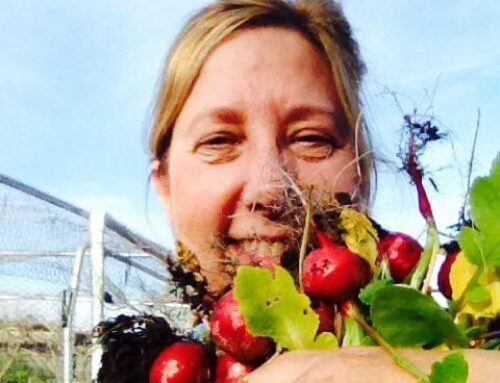Early settlers learned region was conducive to grape growing, wine making
Published in the Feb. 19 – March 4, 2014 issue of Morgan Hill Life
By Cindy Adams

Cindy Adams
We live in the middle of the oldest wine region in California. The South Valley has experienced tremendous growth, weathered Prohibition and phylloxera, and was (in many cases, still is) the home to many of California’s oldest wine-making families.
Wine grapes were first brought to California because of the establishment of the missions by the Franciscan Order, and also by the Spanish migration. In January 1777, the Mission Santa Clara de Asís was founded and later that year, the Pueblo of San Jose was established as the first civil settlement in Alta California. These early settlers realized that the climate and physical attributes of the area were very conducive to growing grapes for wine. By the 1820s, viticulture had become a successful part of Santa Clara Valley life. By the 1850s, this area had more acres of vineyards than any other county in California.
By 1883, Santa Clara County had more than 100 wineries, many located in the areas of what are now Morgan Hill, Gilroy and San Martin. However, both over-expansion and then phylloxera (an aphid-like insect pest of commercial grapevines for which there is no cure) took their toll. By the early 1900s, more than 10,000 acres of grapevines had disappeared, and over half the wineries closed.
While other areas in California eventually replanted to vineyards, the soil and climate in the lush Santa Clara Valley (the “Valley of Heart’s Delight”) lent itself very well to orchards. The land was mostly replanted to fruit trees such as prunes, apricots and cherries. These are the crops that the valley is best known for (or was until the housing boom of recent years).
Around the turn of the century, families started to immigrate west and many settled in the fertile land of the Santa Clara Valley. Large areas still had not been planted with orchards, and vineyards began to appear once again.
One large planting in particular took place in 1905 when 200 acres of vines were planted in the “San Martin Tract” by several Santa Clara Valley men. A productive vineyard, it was purchased by Bruno Filice in 1933 and the Filice family developed the San Martin Winery that became so popular through the mid-1980s.
Many of the immigrants coming to the South Valley during the first part of the 20th century were from Italy. They found the Mediterranean-like climate and the verdant valley similar to their homeland, both for their families and for their grapes.
Bringing cuttings from their Carignane, Sangiovese, Barbera and Grignolino vines, they established vineyards and eventually wineries, many of which are still recognizable today — names such as Cassa Brothers, Bonesio, Bertero, Guglielmo, Fortino and Pedrizzetti.
While South Valley vineyards were getting re-established, a threat almost more deadly than phylloxera was brewing — Prohibition.
Many stories tell how wines continued to be made, or wineries destroyed, during that time. A remnant of Prohibition ingenuity can still be seen at Guglielmo Winery where, in 1925, Emilio Guglielmo moved his family from San Francisco to the site on East Maine Avenue where the current winery is still located. He continued to make his wines for his San Francisco friends and customers by digging a small cellar under the house beneath his bed. There, he constructed three redwood barrels in which he made his red table wines. After Prohibition, he extended that cellar, which is still used to age the table wines, but you can still see those three barrels at the extreme back of the cellar.
After Prohibition, and more so after World War II, the South Valley wineries began to come into their own. The Hecker Pass area west of Gilroy led the way in growth and development.
In 1970, Ernest Fortino bought the Cassa Brothers Winery and, along with his brother Mario, turned the “jug style” operation into a premium winery. Mario split off and built his own Hecker Pass Winery right next door. The Bonesio Winery was sold in 1976 to Nikola Kirigin Chargin who had a degree in oenology from Yugoslavia’s University of Zegreb. This winery was purchased again in 2000 by Dhruv Khanna, but the Kirigin name was retained. Bertero Winery, set on part of Rancho de Solis, became Summerhill Winery in the late 1970s, then was purchased by the Vanni family in 1980. The Vannis restored the Solis name to the winery.
In the past 10 years many wonderful wineries have been established, making the South Valley a true wine lover’s destination.
Cindy Adams, CS, CSW, is the director of retail operations at Guglielmo Winery.






